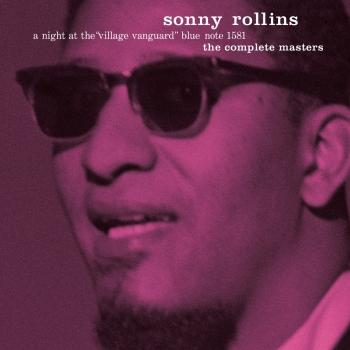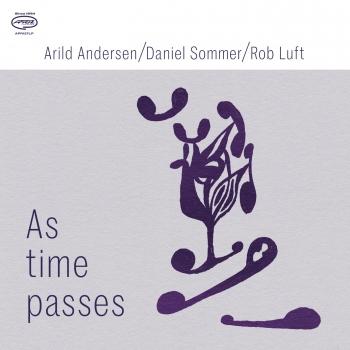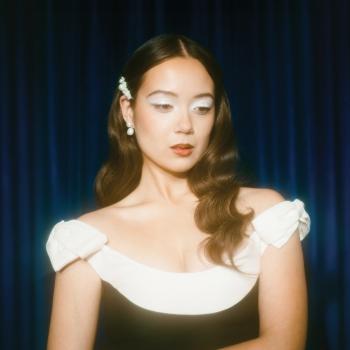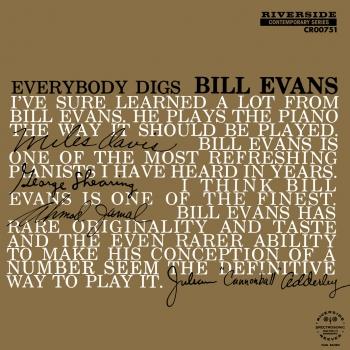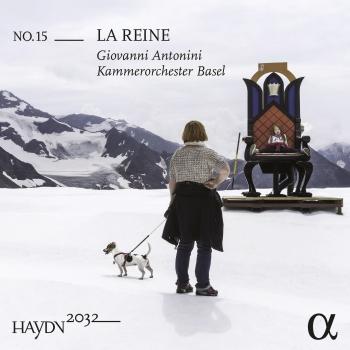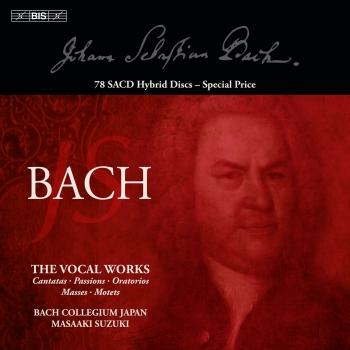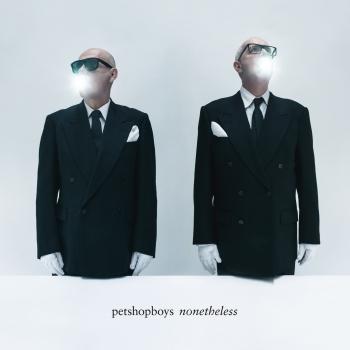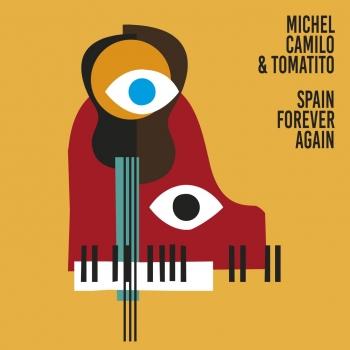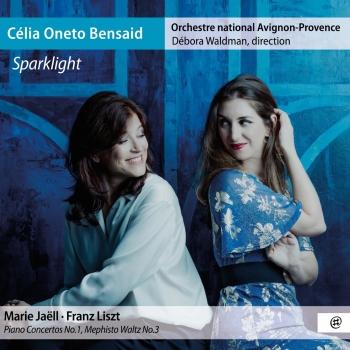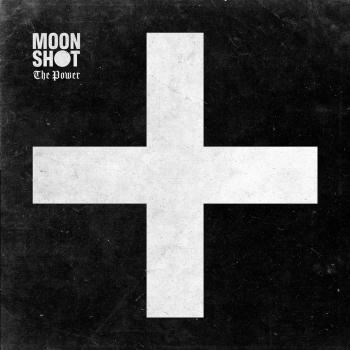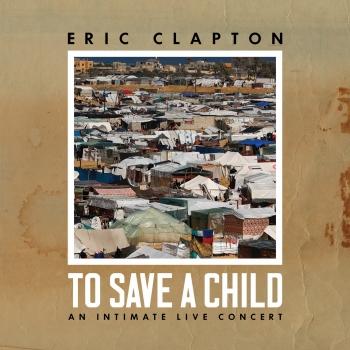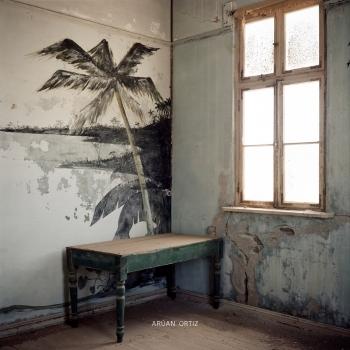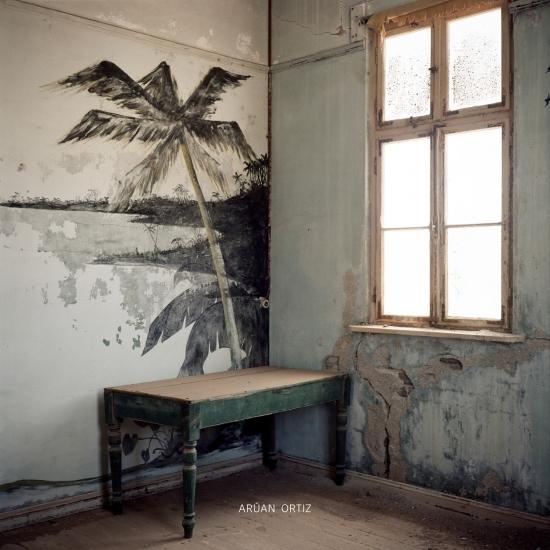
Cuban Nocturne Aruán Ortiz
Album info
Album-Release:
2021
HRA-Release:
10.12.2021
Album including Album cover
- 1Cuban Nocturne (Theme from Sin Alas)06:41
- 2Tres Lindas Cubans05:28
- 3Musica Callada05:19
- 4Picotazos04:21
- 5Interlude01:18
- 6Danza Negra08:14
- 7Los Tres Golpes05:01
- 8Interlude 201:03
- 9Illusiones Perdidas01:25
Info for Cuban Nocturne
When filmmaker Ben Chace finished shooting the movie Sin Alas (Without Wings) in Cuba he reached out to Aruán Ortiz to score it. The haunting original “Cuban Nocturne,” the title song on this album, is the film’s theme.
Sparked by that collaboration with Chace, these songs became a reflection on the music that saturated Ortiz's childhood. A repertoire that, for the most part, he has never played before. As Ortiz weds his singular genius for improvisation to the classical repertoire of his homeland, what emerges is an investigation of selfhood. It’s the sound of a man balancing and synthesizing the elements of his musical identity.
"Cuban Nocturne is both a testament to Aruán Ortiz’s musicianship, and a historical tribute to Cuban classical music." (Audiophile Audition)
When the film maker Ben Chace finished shooting the movie Sin Alas (“Without Wings”) in Cuba he reached out to Aruán Ortiz to score it. (The haunting original “Cuban Nocturne,” is the film’s theme.) In addition, Ben had a particular piece in mind for the film—Ignacio Cervantes’ “Ilusiones Perdidas.” The short, playful and haunting piece is very well known in Cuba but has special resonance for Aruán. It’s a piece of music he’s been circling since childhood.
Sparked by that collaboration between Aruán and Ben, these songs became a reflection on the music that saturated Aruán’s childhood, a repertoire for the most part, perhaps surprisingly, he has never played before. As Aruán weds his singular genius for improvisation to the classical repertoire of his homeland, what emerges is an investigation of selfhood. It’s the sound of a man balancing and synthesizing the elements of his musical identity.
Born in Santiago de Cuba in 1973, Aruán studied in the formidable Russian-style conservatory training that was ubiquitous in Cuba at the time. However, Aruán had never played the classic Cervantes repertoire, because Aruán was not a piano major. In fact, it was a complete coincidence that sent him on the path to being a musician at all. Aruán went to the local conservatory audition only to accompany his older brother, who had expressed an interest. When they arrived, they learned that his eight-year old brother was too old to audition. After passing the audition, Aruán remembers being immediately drawn to the piano but his mother convinced him that violin, perhaps because of its size and easy portability, was the better choice. Despite being one of the only students there without a family background in music, Aruán loved the discipline and rigor of the school and fell hard for the music. He spent the next eleven years studying violin and viola at the conservatory.
After rising to the top level at the conservatory, Aruán moved to Havana to attend the famed “Instituto Superior de Arte.” He spent two years in the uncompromising classical viola course before ultimately abandoning viola and returning to his first love, piano. Despite being five years older than his classmates, Aruán returned to Santiago de Cuba and re-enrolled at the conservatory, this time as a pianist.
In 1996, when Aruán was 22, a cassette tape of his original music for piano found its way to the great pianist and educator, Cecilio Tieles, leading to an invitation to continue his classical piano studies in Spain. Of all the time that Aruán has spent studying music, he credits his three years studying with Tieles in Catalonia as the most rigorous. It was here he dove deep into the music of the great composers, chief among them the Catalonian master Fredrico Mompou, whose “Musica Callada” is represented on this record. In 1999 Aruán transferred to a modern music conservatory in Barcelona where he could finally start a formal study of Jazz. From there, Aruán won a scholarship to the Berklee School of Music in Boston. However, he spent an additional two years in Spain saving for his trip, mostly from giving salsa lessons. So it was not until 2002 that Aruán arrived Stateside, a full 22 years after starting his musical studies. A life drenched in musical pursuit.
To make a record of Cervantes and other giants of Cuban classical music like Romeu and Lecuona is something that Aruán called “A huge responsibility…I wanted to tackle these pieces from a different angle. They are written very clean—like Mozart. This music is written so completely that it doesn’t really lend itself to improvisation. I wanted to very carefully add embellishments without changing the character of the piece but using the same vocabulary.” As a composer and improviser, Aruán’s recorded work, full of shifting meters and enigmatic titles, is relentlessly modern. Here, in contrast, he’s interpreting music that is nakedly romantic, crystalline and exposed.
After fifteen years in the United States and nine records under his own name, this recording is a fresh look at the music that shaped Aruán’s youth. An examination of the musical fabric of Cuba from an artist now raising two sons of his own in his adopted home of Brooklyn. There’s no easy reductive comparisons to make here, not composer vs. interpretation, nor improvisation vs. composition, nor modernity vs. history. Instead, I hear a persistent undertone—a spirit shaped throughout the globe and the resonance of a life lived in music. – Elan Mehler
Aruán Ortiz, piano
 Aruán Ortiz
Aruán Ortiz
Forty-two-year-old Cuban-born, Brooklyn-based pianist, violist, and composer Aruán Ortiz has written music for jazz ensembles, orchestras, dance companies, chamber groups, and feature films. His work incorporates influences from contemporary classical music, Cuban-Haitian rhythms, and avant-garde improvisation; and consistently strives to break stylistic musical boundaries. He has been called “the latest Cuban wunderkind to arrive in the United States” by BET Jazz and "one of the most versatile and exciting pianists of his generation" by Downbeat Magazine.
He has received numerous accolades such as the Doris Duke Impact Award (2014); Composers Now Creative Residency Award at Pocantico Center of the Rockefeller Brothers Fund (2014); the Jerome Foundation Travel & Study Grant (2013); Latin Jazz Corner’s Arranger of the Year (2011) for his contribution on the album, “El Cumbanchero” by flutist Mark Weinstein (Jazzheads, 2011); Fundación Autor, SGAE, and Generalitat de Catalunya Grant study grants (2002); Semifinalist, Jas Hennessy Piano Solo Competition, Montreux, Switzerland (2001); and Best Jazz Interpretation, Festival de Jazz in Vic, Spain (2000).
In 2009, Aruán's released "Alameda" (Fresh Sound New Talent), combining modern jazz, contemporary classical music, and Afro-Cuban rhythms. The album received four stars from the UK based magazine Jazzwise, and was named one of the top ten jazz CDs of the year in 2010. In response to his quartet's second album, "Orbiting" (Fresh Sound New Talent 2012), Downbeat Magazine called Aruán "one of the most versatile and exciting pianists of his generation." That year, 2012, was an intense one for Aruán. In addition to "Orbiting," he released three more EPs: "Banned in London" (Whirlwind Records), which received four and a half stars from Jazztimes; "Santiarican Blues Suite" (Sunnyside), which also received four and a half stars and was named one of the "best albums" that year by Downbeat Magazine; and "Textures and Pulsations" (Ictus). New York Times noticed the prolific and intense work of Aruán, writing, "Keep an eye this year on Aruán Ortiz, ...who’s become a mark of quality on gigs and records, though you might miss half his work if you don’t listen broadly."
Between 2013 and 2015, Aruán contributed as a producer, arranger and artistic advisor on various recordings such as Mark Weinstein's "Latin Jazz Underground" (Zoho 2014), Afro-HORN's "Rare Metal" (AACE 2013), "At the Edge of the Spiral" (AACE 2015), Jazmín Prodan's "7 Jardines" (2013) and Grete Skarpeid's "Move on" (2015).
In the spring of 2016, the prestigious Swiss label Intakt Records will release Aruán's latest trio album "Hidden Voices," featuring Eric Revis and Gerald Cleaver.
In 2011, on the occasion of their 25th anniversary, the José Mateo Ballet Theater commissioned a score for their new choreographic work, "Pagano or No." Aruán produced, conducted, and recorded Santiarican Blues Suite on Sunnyside Records, which was also premiered by the Camerata Urbana Ensemble at the Next Wave Festival at BAM (Brooklyn, NY, 2012). Latin Jazz Network said about the album: “This record by a very special artist will go down as one of the most significant works of music." In 2013, Aruán composed and conducted an original piece for the ballet, "Collage" performed by the Milena Zullo Ballet, which premiered at the Casa del Jazz Festival in Rome, Italy with the YOUME Orchestra.
That same year, Aruán was invited by the University of Albany to give a series of workshops about the impact of contemporary music on Caribbean culture and the importance of improvisation in the collective creative process. Following the success of these workshops, in 2013, the University of Albany commissioned a large piece for the University of Albany Community Symphony Orchestra titled "Variations for Improvised Piano and Symphony Orchestra," performed by Bob Gluck and conducted by Aruán.
In 2014, Aruán composed the score for the feature film "Sin Alas," the first movie by an American director in more than 50 years to be both filmed and cast entirely in Cuba. He was invited to perform and participate in a panel about "Sin Alas" at the Havana Film Festival in 2014, the Los Angeles Film Festival in 2015, and at the American Film Institute in 2015 in Washington, D.C. Aruán's music can also be heard on the Spanish short film "The Beating" (2015).
Recently, Aruán has produced and curated several concert series featuring some of the most important, forward-thinking, and creative improvisers on the New York music scene such as Andrew Cyrille, Oliver Lake, Henry Grimes, Sam Newsome, Rufus Reid, Francisco Mora-Catlett, Ralph Alessi, and Don Byron, in explorations of the translation of non-musical patterns, symbols, and structures into jazz concepts. Because of the successes of these series, in 2014 he was invited to present a concert exploring the themes of Music and Architecture at the Harlem Shrine Jazz Festival featuring Rufus Reid and Don Byron. The press reported, "The music evoked images of mathematical equations, great architectural works and brought to mind the New York loft scene of the 1970s, where free jazz reigned supreme." That same year Aruán was invited by "Proyecto Somos", a Cuban artist collective, to present his original music at the Havana Jazz Festival with his Caribbean Vortex Project, featuring the Tumba Francesa percussion set (Bulá, Premier, Second, and Catá), piano, voice and saxophone.
In 2014, his pieces for solo piano, "Carabaliando" and "Four Afro-Haitian Jerigonzas" were presented at the Oskar Schindler Performing Arts Center, in New Jersey, Vision Free-Latin Jazz in New York and at the Berkeley Conservatory of Music in Berkeley California.
Although he regularly tours in Europe and the US with his own trio and quartet, Aruán has also played, toured, or recorded with Esperanza Spalding, Nasheet Waits, Terri Lyne Carrington, Ralph Alessi, Cindy Blackman-Santana, Steve Turre, Cameron Brown, Greg Osby, Wallace Roney, John Bestch, Wadada Leo Smith, Hamiet Bluiett, and Drew Gress, to name a few. Currently he is working in collaboration with the Teatro Dallas as a Composer in Residence. September (2015)
This album contains no booklet.

